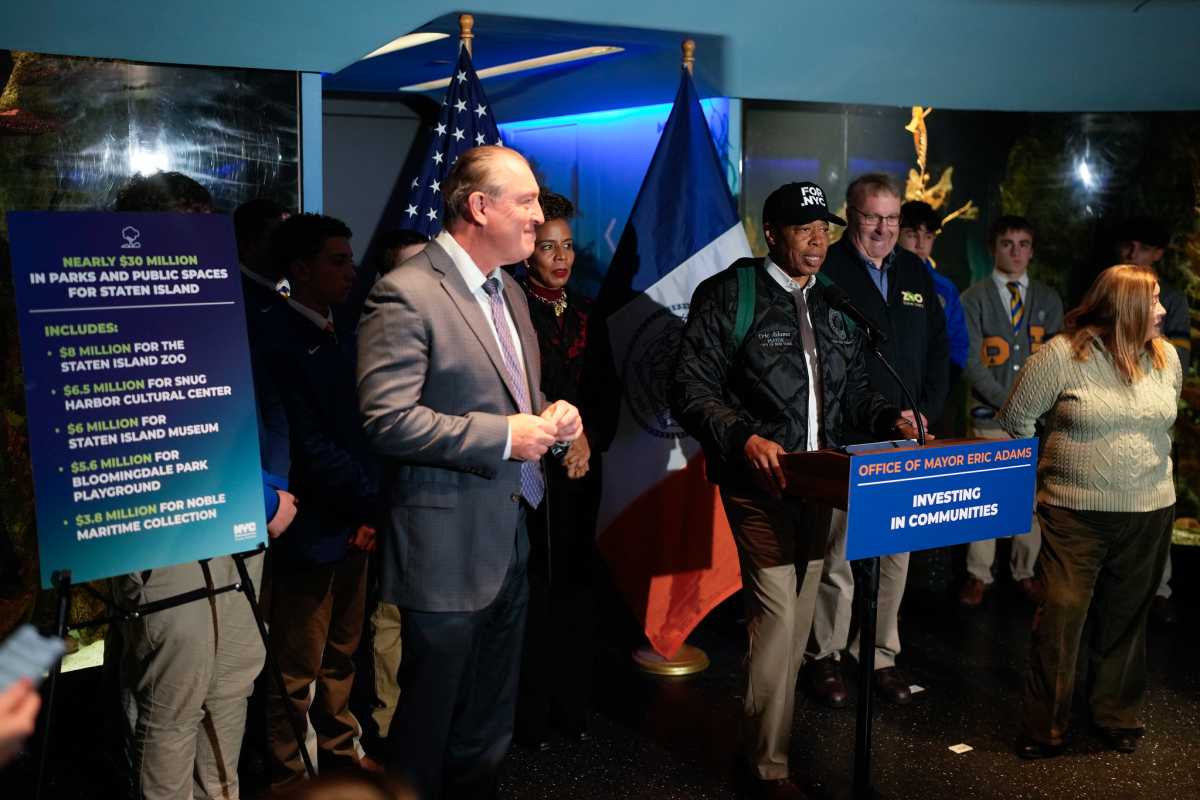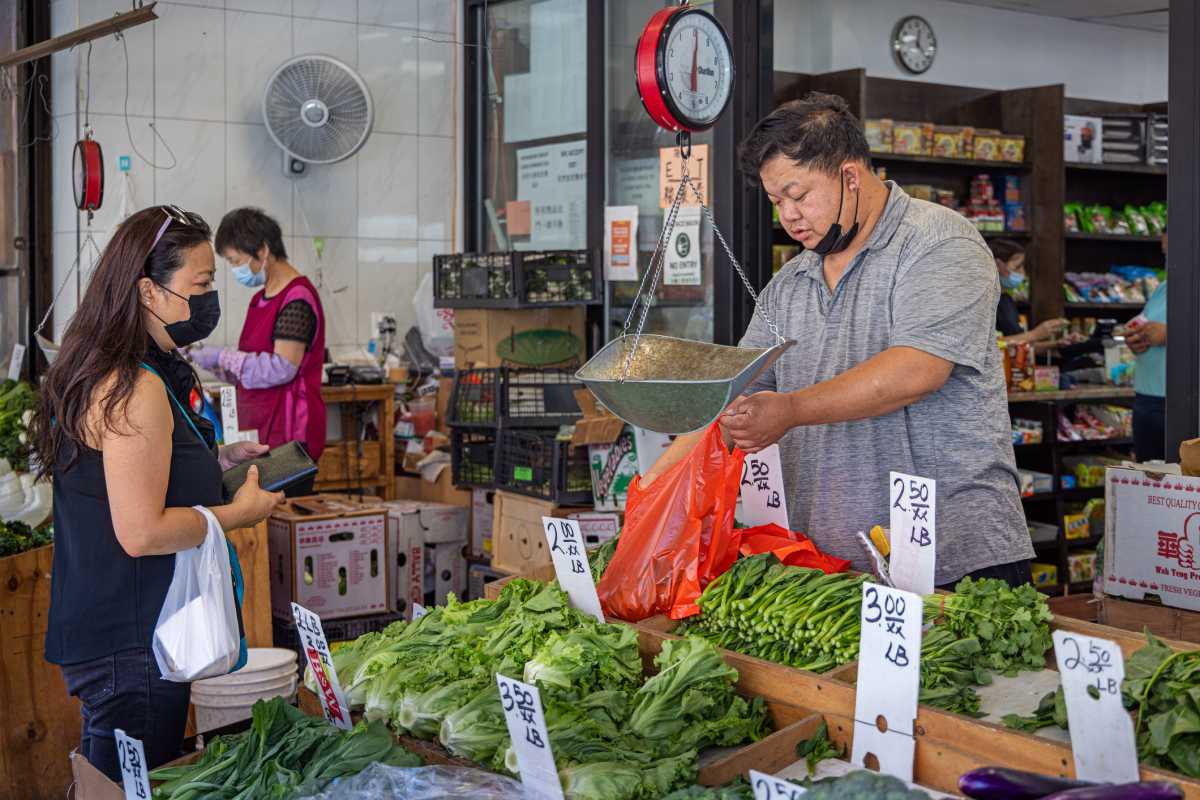There is rarely a day that goes by where we do not receive a call from our moms. Whether about a prescription pick-up or an issue about an air conditioner, or just to say, “Hi, I love you.” At the same time, we are both senior leaders in city government charged with caring for all New Yorkers. It is a gift to have this opportunity to both be a caregiver to our mothers in their 90s, while leading the city that we love.
Since the start of Mayor Eric Adams’ administration, we have elevated values endeavoring to make New York City the most age-inclusive city in the world. We took our model to the U.S. Conference of Mayors last June and passed a resolution calling for a commission to create a framework for age-inclusive standards across the country.
Just in the last few years, the city has taken significant steps to make sure all New Yorkers can age-in-place. Through the creation of the NYC Cabinet for Older New Yorkers, we have removed silos across agencies to help connect residents to the resources they need. That includes making sure all frontline city health employees know what programs and services they can refer their patients to; help qualified residents freeze their rent and property taxes by visiting their local older adult center and helping them fill out the forms; and assigning an older adult liaison in every NYPD police precinct and service area to connect victims with the city’s elder justice network, while providing residents with information to keep them safe.
Now, we must take additional steps by empowering family members and close friends who take care of those they love – caregivers.
As caregivers ourselves, our experiences taught us the importance of empowering those who are looking after their children, parents, or other close relatives, while balancing additional responsibilities outside of the home. They need time to recharge and flexibility in the workforce. And this is possible.
There are many New Yorkers who are just like us, with around 1.3 million caregivers across the five boroughs. Additionally, the older adult population across the city is increasingly diverse, with almost half of all residents over the age of 60 speaking a language other than English at home, and 58% of older residents identifying as either Black, Hispanic or Asian. Many of our cultures already have caregiving in their roots and we take pride in being able to look after our families.
However, many caregivers face financial, physical and emotional stress, that take a toll on them and our communities. It has been estimated that because of their increased responsibilities, caregivers can lose around $412,000 in income and benefits over their lifetime On top of that, studies have shown businesses can lose up to $44.9 billion in productivity a year from full-time caregivers. If we want to live in a society where more caregivers can support themselves and their families, we must make sure they know of and take advantage of the resources that are available to them.
The Adams administration has made caring for our caregivers a priority. NYC Aging’s Caregiver Support Program is designed to help balance a caregiver’s obligations, answer questions and provide needed relief. Services also include financial assistance for some types of assistive technology like medical alert systems, some minor-home modifications and supplies, and long-term care planning in case anything were to happen to you or the person for whom you are a caregiver. Just as importantly, caregivers can find community by participating in
trainings and support groups as well as receive counseling.
In addition, with the Older Americans Act currently up for renewal – the legislation that funds programs for older adults and caregivers – the Adams administration has been advocating to expand the definition of caregiving so more Americans can formally identify as one and access the resources that are available to them. We are also calling for expanded flexibility and strengthened measures within the Family and Medical Leave Act to give caregivers and their families the opportunity to receive the extra support their loved ones need.
Ultimately, it is action that uplifts a tradition found in so many societies around the world, helping families live together and support each other. We must also make sure that caregivers everywhere can manage all their responsibilities, while being there for those who rely on them. The bottom line is that caregiving is in New York’s DNA, but to make it work for working people and working families, we must ensure they have the support they need.
For more information on NYC’s support for caregivers, please visit the Department for the Aging’s website.



































